
The reputation of Japanese customer service speaks for itself, but among the various businesses in the country certain establishments stand out even more for making patrons feel at home. Recently, President Magazine conducted a survey of over 1,000 men and women to find out which eating and drinking establishments made this grade.
Restaurants are often ranked in terms of delicious food, variety, and value, but this time we’re going to see which eateries people feel most comfortable going into and which ones have all the charm and ambiance of a prison chow hall.
This survey encompassed all types of eating and drinking establishments in Japan from coffee shops to fast food restaurants to izakaya (bar style restaurants). Respondents who came from all over the country were asked to say if a list of popular restaurants simply had good or bad “hospitality power.” The top restaurants were chosen as having the most “good” votes versus the least “bad votes.”
Here are the top ten:
10
St Marc Café
8 Votes Good / 5 Votes Bad
This Okayama-based coffee chain with a French sounding name rounds out the top ten with a mildly positive rating. I would comment but I’ve actually never gone to one of these places. Perhaps these shops are so quaintly welcoming and unassuming that I just walk past them without noticing. Then again my lack of observation can be downright legendary sometimes.
9
Coco Ichibanya
15 Good / 7 Bad
One time while I was eating at this curry restaurant an obscure gangsta rap song came over the store’s radio. Unbeknownst to the largely Japanese speaking staff and customers there it laid out some of the most explicit sexual rhymes I ever heard with the rapper only holding back occasionally by referring to his euphemistic “pimp stick.”
Good times.
8
Coco’s
10 Good / 4 Bad
Well, this is confusing but the family restaurant Coco’s with its wider selection of foods edged out Coco Ichiban in hospitality. However, we can probably also assume some of the 1,000 people got mixed up between the two. It happens sometimes.
7
Komeda Kohiten
13 Good / 5 Bad
It’s no surprise that coffee shops like Komeda make a good showing on this ranking, their emphasis on ambiance would certainly help the overall hospitality of the place. But as we’ll also soon see, Komeda Kohiten may have been hurt by their usage of the less common kanji characters for “coffee” (珈琲).
6
Gyukaku
14 Good / 5 Bad
I have to admit that this yakiniku (barbequed meat) restaurant always looked inviting from the outside. I’ve never gone in though as the concept of paying a restaurant only to have to cook the food myself just seems fundamentally wrong to me. That aside, it’s apparently very cozy with a nice staff.
5
Ootoya
11 Good / 3 Bad
This Japanese restaurant gets the dubious distinction of being the highest ranking “kanji named” restaurant of the bunch. Overall, in the survey it was discovered that restaurants using Japanese or Chinese oriented names seemed to fare much more poorly in hospitality power than those with western style names. This should give you some idea of what’s in store.
4
Denny’s
22 Good / 5 Bad
Hey! Stop laughing.
While those familiar with the American version of Denny might find this fourth place ranking absurd there certainly appears to be a huge difference in the chain on each side of the Pacific. That, or some Japanese people are simply too enamored by the exotic Americanness of it to see any faults.
3
Royal Host
29 Good / 5 Bad
I once ordered a plate of tacos at Royal Host and they were served up ice cold. Still, I’ve gone back since. I suppose that says a lot about the hospitality of one of Japan’s leading chains.
2
Mos Burger
36 Good / 4 Bad
They may be a little more expensive and a little slower than other fast food burger joints, but there is definitely something inviting about Mos Burger.
1
Starbucks
60 Good / 4 Bad
I’m not a fan personally but I have to admit that Starbucks stands as perhaps the shining example of hospitality power. How else can they sell decent tasting coffee for extremely high prices while making up their own language for ordering? If I were to open a restaurant and change the name for medium to “vstřikování” and make you pay 100 percent more than the place next door, I’m sure each and every one of my customers would tell me where I could shove my “zboží.” And yet Starbucks not only made it work, they’re considered the most welcoming chain in Japan!
Analysts suggested that name power had a lot to do with the hospitality power of a restaurant. It appears that chains with western style names seemed more inviting to customers than those with more Asian ones, especially towards female customers. Interestingly McDonald’s (14th) proved to be the most polarizing of the group earning a whopping 93 “Good” votes and 104 “Bad” votes surpassing both the best and worst restaurants in total votes either way. The bottom of the list was mostly comprised of gyudon restaurants with Yoshinoya coming out on top (17th: 26 Good / 37 Bad). This style of restaurant is fiercely competitive and caters to their no-nonsense customer base of hungry workers. Despite that, gyudon chain Sukiya was at the bottom with 8 “Good” votes and 89 “Bad” votes.
That being said, I’d still choose Sukiya over Starbucks any day of the week. The hospitality of any business is really a subjective thing and shouldn’t sway your choice when looking for somewhere to dine or hang out. However, if you’re looking to start a restaurant of your own, these numbers are very well worth considering.
Source: President via Niconico News (Japanese)
Images: Wikipedia – Kirakirameister, Kici, Kirakirameister, MJ-bird, Kici, ITA-ATU, Tokoroten, MASA

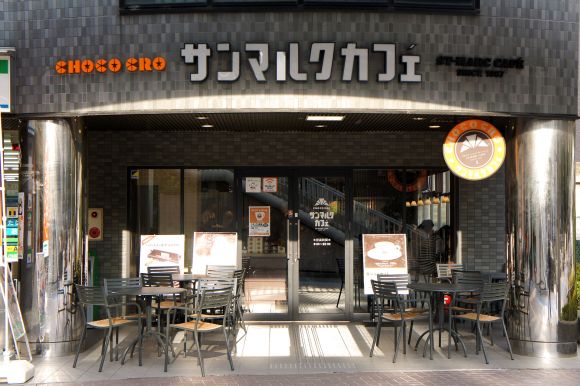
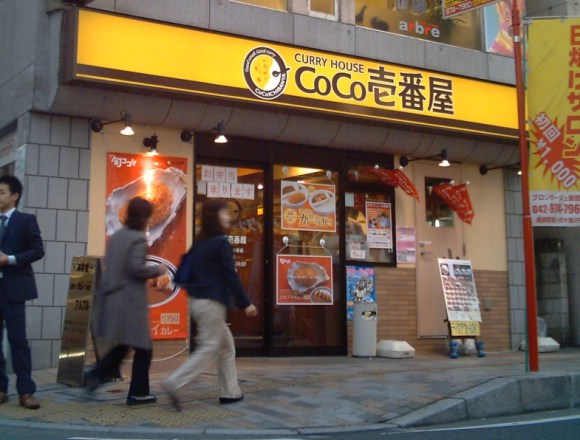
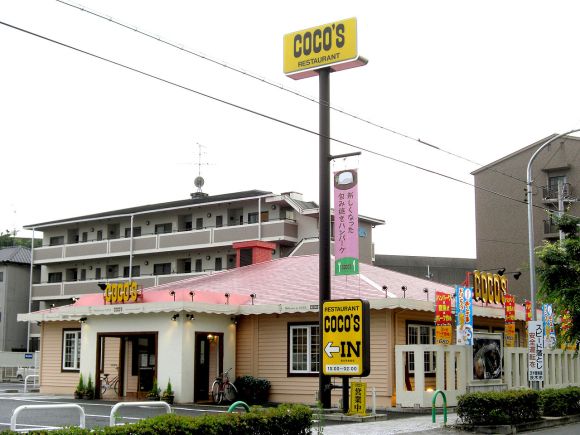
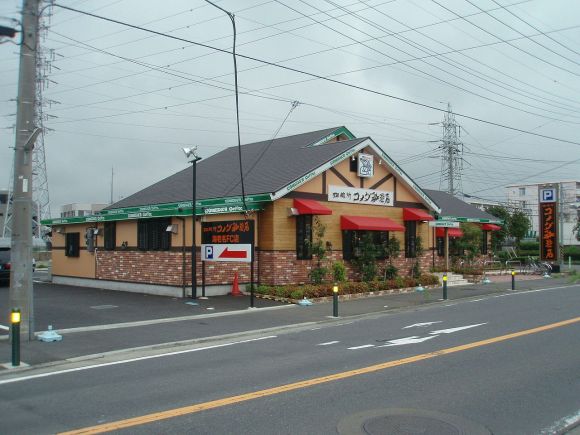
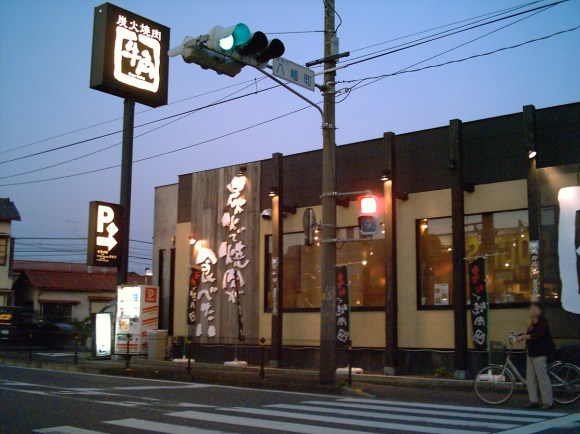
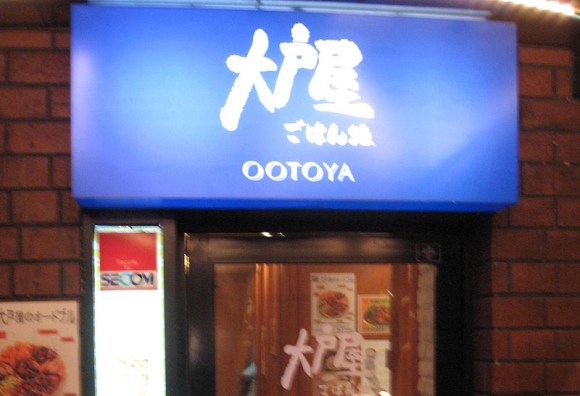
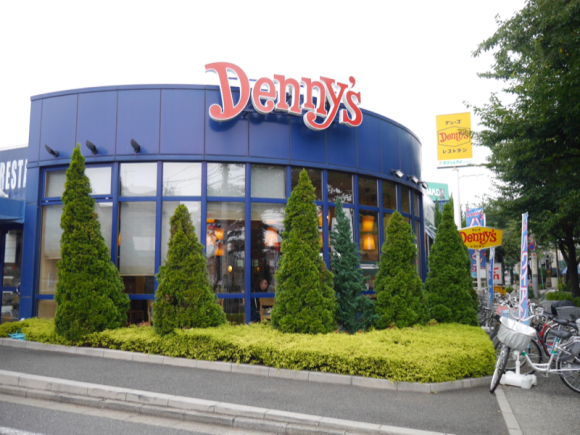
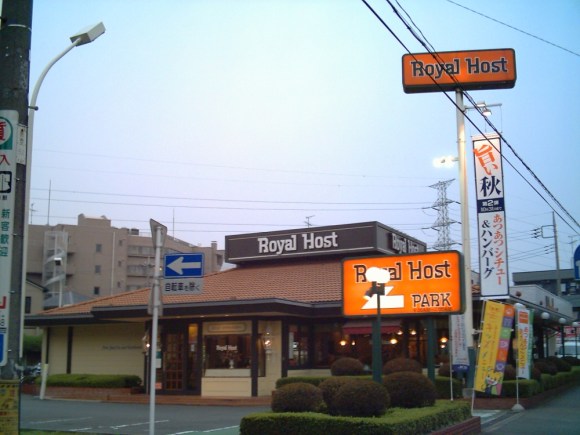
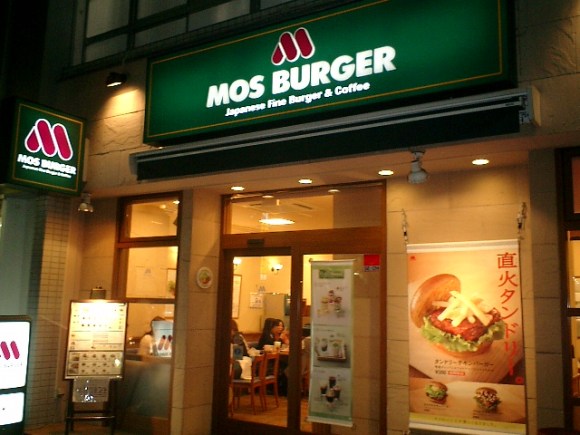

 Survey finds Japan’s most satisfying restaurants for 2021
Survey finds Japan’s most satisfying restaurants for 2021 Japan’s top 10 best-value family restaurants, as chosen by diners
Japan’s top 10 best-value family restaurants, as chosen by diners Survey picks Japan’s top 12 cheap chain restaurants
Survey picks Japan’s top 12 cheap chain restaurants Survey picks Japan’s most attractive prefectures – Familiar spots at top and bottom of rankings
Survey picks Japan’s most attractive prefectures – Familiar spots at top and bottom of rankings Rakuten randomly offers 58 New Year’s osechi feasts in Japan, but did we get a star or a dud?
Rakuten randomly offers 58 New Year’s osechi feasts in Japan, but did we get a star or a dud? Majority of Japanese mayors say foreign residents are essential but most see good and bad effects
Majority of Japanese mayors say foreign residents are essential but most see good and bad effects The Purple Lucky Bag from Village Vanguard is an extra-large waste of money
The Purple Lucky Bag from Village Vanguard is an extra-large waste of money Dragon Quest Burgers and Slime drinks are coming to McDonald’s Japan【Video】
Dragon Quest Burgers and Slime drinks are coming to McDonald’s Japan【Video】 Japan’s otoshidama tradition of giving kids money at New Year’s gets a social welfare upgrade
Japan’s otoshidama tradition of giving kids money at New Year’s gets a social welfare upgrade Japan’s Self-Defense Forces take “radio calisthenics” to an interesting new level
Japan’s Self-Defense Forces take “radio calisthenics” to an interesting new level Exhibition on the 1,500 year-history of traditional Japanese women’s clothing to open in Shibuya
Exhibition on the 1,500 year-history of traditional Japanese women’s clothing to open in Shibuya Godzilla-shaped ice cream on sale in Tokyo near the sight his most adorable rampage
Godzilla-shaped ice cream on sale in Tokyo near the sight his most adorable rampage Four Shinto shrines to pray for love at in Japan to start the New Year
Four Shinto shrines to pray for love at in Japan to start the New Year Stamina-destroying “Paralysis Noodles” are Tokyo’s newest over-the-top ramen innovation
Stamina-destroying “Paralysis Noodles” are Tokyo’s newest over-the-top ramen innovation Starbucks Japan ready to get Year of the Horse started with adorable drinkware and plushies【Pics】
Starbucks Japan ready to get Year of the Horse started with adorable drinkware and plushies【Pics】 Hayao Miyazaki says Happy New Year to Studio Ghibli fans with new art for Year of the Horse
Hayao Miyazaki says Happy New Year to Studio Ghibli fans with new art for Year of the Horse Japanese beef bowl chain Sukiya’s 2026 Smile Box lucky bag basically pays for itself
Japanese beef bowl chain Sukiya’s 2026 Smile Box lucky bag basically pays for itself We found possibly the quietest Japanese-style hotel in Tokyo’s bustling Shinjuku district
We found possibly the quietest Japanese-style hotel in Tokyo’s bustling Shinjuku district Cup Noodle tries an authentic Jiro-style ramen, but something’s not quite right
Cup Noodle tries an authentic Jiro-style ramen, but something’s not quite right The best Starbucks Japan Frappuccinos we want to drink again in 2026
The best Starbucks Japan Frappuccinos we want to drink again in 2026 We revisited Sweets Paradise after a decade to see if Japan’s dessert buffet still delivers
We revisited Sweets Paradise after a decade to see if Japan’s dessert buffet still delivers That time Seiji called JASRAC to ask why he didn’t get paid royalties for his song being on TV
That time Seiji called JASRAC to ask why he didn’t get paid royalties for his song being on TV Japan’s oldest largetooth sawfish in captivity back on display in Mie Prefecture
Japan’s oldest largetooth sawfish in captivity back on display in Mie Prefecture Pizza Hut Japan’s hot lucky bags are perfect for a New Year’s pizza party
Pizza Hut Japan’s hot lucky bags are perfect for a New Year’s pizza party 7-Eleven Japan starts new temporary luggage storage service in over 300 branches
7-Eleven Japan starts new temporary luggage storage service in over 300 branches Disillusionment at Tsukiji’s tourist-target prices led us to a great ramen restaurant in Tokyo
Disillusionment at Tsukiji’s tourist-target prices led us to a great ramen restaurant in Tokyo Starbucks teams up with 166-year-old Kyoto doll maker for Year of the Horse decorations【Photos】
Starbucks teams up with 166-year-old Kyoto doll maker for Year of the Horse decorations【Photos】 Tokyo considering law requiring more trash cans following litter increase in heavily touristed area
Tokyo considering law requiring more trash cans following litter increase in heavily touristed area Tokyo’s Tsukiji sushi neighborhood asks tour groups to stay away for the rest of the month
Tokyo’s Tsukiji sushi neighborhood asks tour groups to stay away for the rest of the month Tokyo event lets you travel back in time, for free, to celebrate 100 years since Showa era start
Tokyo event lets you travel back in time, for free, to celebrate 100 years since Showa era start Japan may add Japanese language proficiency, lifestyle classes to permanent foreign resident requirements
Japan may add Japanese language proficiency, lifestyle classes to permanent foreign resident requirements Sanrio theme park in Japan announces plans to expand into a Sanrio resort
Sanrio theme park in Japan announces plans to expand into a Sanrio resort Survey asks foreign tourists what bothered them in Japan, more than half gave same answer
Survey asks foreign tourists what bothered them in Japan, more than half gave same answer Japan’s human washing machines will go on sale to general public, demos to be held in Tokyo
Japan’s human washing machines will go on sale to general public, demos to be held in Tokyo Japan’s deadliest food claims more victims, but why do people keep eating it for New Year’s?
Japan’s deadliest food claims more victims, but why do people keep eating it for New Year’s? We deeply regret going into this tunnel on our walk in the mountains of Japan
We deeply regret going into this tunnel on our walk in the mountains of Japan Studio Ghibli releases Kodama forest spirits from Princess Mononoke to light up your home
Studio Ghibli releases Kodama forest spirits from Princess Mononoke to light up your home Major Japanese hotel chain says reservations via overseas booking sites may not be valid
Major Japanese hotel chain says reservations via overseas booking sites may not be valid Put sesame oil in your coffee? Japanese maker says it’s the best way to start your day【Taste test】
Put sesame oil in your coffee? Japanese maker says it’s the best way to start your day【Taste test】 No more using real katana for tourism activities, Japan’s National Police Agency says
No more using real katana for tourism activities, Japan’s National Police Agency says Starbucks Japan reveals new sakura drinkware collection, inspired by evening cherry blossoms
Starbucks Japan reveals new sakura drinkware collection, inspired by evening cherry blossoms Updated cherry blossom forecast shows extra-long sakura season for Japan this year
Updated cherry blossom forecast shows extra-long sakura season for Japan this year Five reasons there’s no tipping at restaurants in Japan
Five reasons there’s no tipping at restaurants in Japan The top-ranked restaurants in Japan, Asia and the world!
The top-ranked restaurants in Japan, Asia and the world! Japan’s most popular curry chain now has vegan soup curry, and it’s delicious【Taste test】
Japan’s most popular curry chain now has vegan soup curry, and it’s delicious【Taste test】 Japan’s king of curry restaurants enters the instant noodle market, we taste the results
Japan’s king of curry restaurants enters the instant noodle market, we taste the results What kind of restaurant attracts the politest customers in Japan? Twitter user has a theory
What kind of restaurant attracts the politest customers in Japan? Twitter user has a theory Which Studio Ghibli anime has the most delicious-looking food? Fans sound off in survey
Which Studio Ghibli anime has the most delicious-looking food? Fans sound off in survey Curry for breakfast! Coco Ichibanya, Japan’s favorite curry chain, now has awesome morning sets
Curry for breakfast! Coco Ichibanya, Japan’s favorite curry chain, now has awesome morning sets Top 10 Japanese school lunch food items that adults miss the most
Top 10 Japanese school lunch food items that adults miss the most Is Japan’s highest-ranking unagi restaurant worth the six-month wait for a table? We find out
Is Japan’s highest-ranking unagi restaurant worth the six-month wait for a table? We find out Why is Japanese customer service so amazing? Because in Japan it’s one strike and you’re out
Why is Japanese customer service so amazing? Because in Japan it’s one strike and you’re out We underestimated the special curry spoon from Japan’s favorite curry chain【Taste test】
We underestimated the special curry spoon from Japan’s favorite curry chain【Taste test】 2020’s most popular hot springs in Japan, as ranked by Japanese travelers
2020’s most popular hot springs in Japan, as ranked by Japanese travelers Vegan curry rice – Taste-testing the new soy meat hamburger steak from Japan’s CoCo Ichibanya
Vegan curry rice – Taste-testing the new soy meat hamburger steak from Japan’s CoCo Ichibanya
Leave a Reply